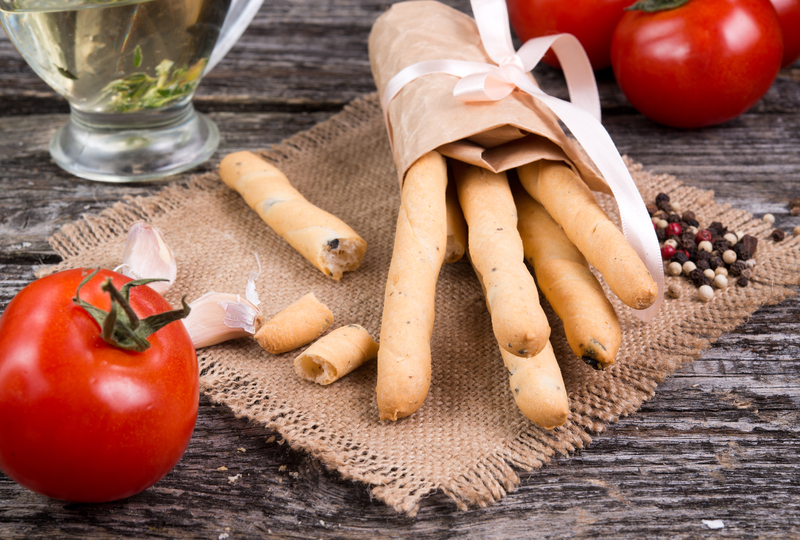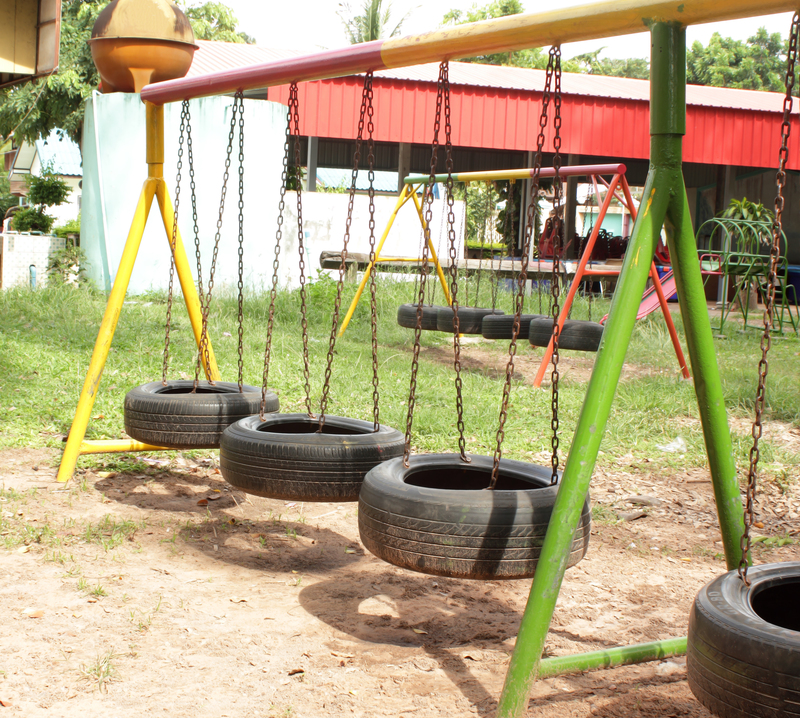Your Guide to Responsible Pot and Pan Disposal
We all love cooking, but over time, our trusty kitchenware becomes worn, warped, or beyond repair. Have you ever wondered what you should do with your old pots and pans? Simply tossing them in the trash isn't the best--nor the most environmentally responsible--solution. In this comprehensive guide, we'll walk you through eco-friendly ways to dispose of your pots and pans, including recycling, donating, repurposing, and more. Whether you're spring cleaning, moving, or upgrading your cookware, here's everything you need to know about responsible pot and pan disposal.
Why Proper Pot and Pan Disposal Really Matters
It's easy to overlook the impact of kitchenware waste. Every year, millions of nonstick pans, aluminum skillets, cast iron pots, and stainless steel cookware end up in landfills, where they can take decades--or even centuries--to break down. Disposing of your pots and pans responsibly is an important step in reducing environmental pollution and conserving valuable resources.
- Environmental Impact: Improper disposal can pollute soil and water, especially if coatings like Teflon break down and release toxins.
- Resource Recovery: Many pots and pans contain recyclable metals (aluminum, stainless steel, copper, and cast iron).
- Waste Reduction: Diverting cookware from landfills helps conserve space and resources.

Key Considerations Before Disposing of Old Pots and Pans
Before you dispose of your cookware, consider the following factors:
- Material Type: Is the cookware made of metal, ceramic, glass, or has a non-stick coating?
- Condition: Is it broken, significantly scratched, or still functional?
- Local Regulations: Are there specific rules about recycling cookware in your area?
- Reusability: Could someone else benefit from your gently used pots or pans?
Pro tip: Always check with your local recycling facility or municipal website for guidelines on scrap metal, hazardous waste, or cookware collection programs.
Various Ways to Responsibly Dispose of Pots and Pans
1. Recycling Old Pots and Pans
Recycling is often the best method for responsible pot and pan disposal. Many cookware items are made from metals like stainless steel, cast iron, aluminum, or copper, all of which are widely recyclable materials.
- Scrap Metal Yards: Most scrap yards will accept pots and pans, as they seek out valuable metals. *Remove non-metal parts (plastic handles, lids, rubber) before dropping them off.*
- Municipal Recycling: Some curbside recycling programs accept cookware, but many don't due to size or material. Always verify first.
- Retail Take-Back Programs: Kitchenware or home goods stores occasionally offer recycling programs for old cookware.
Recycling Tips:
- Remove any loose food, oils, or residue--wash thoroughly before recycling.
- Detach plastic, rubber, or wood handles, as they can interfere with recycling processes.
- Nonstick pans are trickier to recycle; call ahead to ask if your facility accepts them.
2. Donating Usable Pots and Pans
If your pots and pans are still functional, not overly worn, or damaged, consider giving them a new home. Donation is a sustainable way to help people in need while keeping cookware out of landfills.
- Local Charities: Most thrift stores (Goodwill, Salvation Army, local shelters) accept gently used cookware.
- Food Banks and Community Kitchens: These organizations often welcome cookware donations.
- Giveaways and Online Communities: Post your cookware on platforms like Freecycle, Facebook Marketplace, or Buy Nothing groups.
Donation Guidelines:
- Ensure the cookware is clean and free of deep scratches or hazardous nonstick coatings.
- Contact the recipient organization first for acceptance policies.
- Bundle lid and pot/pan together if possible.
3. Upcycling and Repurposing Pots and Pans
Creativity can extend the life of your old pots and pans--often with beautiful or practical results. Rather than disposing, consider these repurposing ideas:
- Planters: Old pots make unique homes for herbs or flowers--drill holes for drainage!
- Bakeware Storage: Use pans or pots to organize lids, utensils, or even craft supplies.
- Decorative Pieces: Paint or decorate for use as wall art, centerpieces, or rustic chic decor.
- Unique Clocks or Lamps: With a bit of DIY know-how, turn a vintage skillet or pan into a clock or lampshade.
- Pet Bowls: Stainless steel pots make durable food or water bowls for pets.
Upcycling Benefits:
- *Reduces waste and landfill burden*
- *Provides personalized home decor or organization solutions*
- *Fun DIY projects for the whole family*
Special Considerations: Nonstick and Teflon Cookware
Nonstick pans, especially those with Teflon coatings, require extra caution. Most recycling facilities do not accept pans with synthetic nonstick surfaces (like PTFE, Teflon, or ceramic). These coatings can contaminate recycling processes and may be classified as hazardous waste in some areas.
- Scrap Metal Facilities: Some yards will accept nonstick pans if you remove as much of the coating as possible. Verify first.
- Household Hazardous Waste Events: Some municipalities offer specific collection days for hard-to-recycle items, including cookware with synthetic coatings.
- Manufacturer Take-Back Programs: Leading brands (like Calphalon or GreenPan) occasionally offer recycling programs for their cookware.
Safe Disposal Tips for Nonstick Pans:
- Never burn or overheat old nonstick cookware--decomposition can release toxic fumes.
- Double-check your local regulations for options and guidelines regarding nonstick pot and pan disposal.
How to Prepare Pots and Pans for Disposal
To ensure successful, responsible pot and pan disposal, always follow these preparation steps:
- Clean Thoroughly: Wash all cookware so it's free of food, oil, and residue.
- Disassemble If Possible: Remove any plastic, rubber, wooden handles, or lids.
- Separate Materials: Keep metal, glass, and any other materials apart for easier recycling or donation.
- Label Clearly: If donating, label the cookware as "USED" and indicate its condition.
- Package Securely: For transport or drop-off, pack items in boxes to avoid injuries from sharp edges or heavy pans.
Pro Tip: Some cookware, like cast iron, can be restored with a little work! If rusty, try scrubbing and reseasoning first--restoring is more sustainable than replacing.
What to Avoid When Disposing of Old Cookware
- Don't Put in Curbside Recycle Bins Unless Accepted: Most curbside programs refuse bulky kitchenware. Illegally dumped cookware can contaminate recycling streams.
- Don't Burn or Incinerate: Burning coated pans releases toxins and pollutes the air.
- Don't Dump in Public Places: Illegal dumping harms the environment and may incur hefty fines.
- Don't Reuse Damaged Nonstick Pans: Scratched or peeling nonstick surfaces can be hazardous for health--never give away damaged pans.
Frequently Asked Questions About Responsible Pot and Pan Disposal
Can I Put Old Pots and Pans in the Recycling Bin?
Rarely. Most curbside recycling programs do not accept cookware due to size and material composition. Always check with your local facility. Instead, use scrap metal drop-off centers or specialty recycling programs.
Are There Any Brands with Cookware Recycling Programs?
Yes, some manufacturers periodically offer take-back or recycling programs. Check their websites for up-to-date information and instructions.
What Should I Do with Broken Ceramic or Glass Pans?
Check with your local landfill or recycling center for glass or ceramics. Some facilities accept these materials as part of construction debris programs, but most do not include them in standard recycling due to risk of contamination.
Is It Safe to Use or Donate Old Nonstick Cookware?
If the nonstick surface is scratched or peeling, it's best to recycle as scrap metal if possible, or dispose of it via hazardous waste channels. Don't donate damaged nonstick pans, as they can pose health risks.
Can I Repurpose Every Type of Pot or Pan?
Almost! Most metal, glass, and even heavy-duty nonstick cookware can be repurposed for decoration, storage, or gardening. Avoid using severely damaged or toxic-coated cookware for food preparation or pet bowls.

How to Find Pot and Pan Recycling Locations Near You
Responsible cookware disposal is easier with the right resources. To find recycling, donation, or hazardous waste facilities near you, try these methods:
- Earth911: Enter your zip code and "pots and pans" to find local recycling drop-off locations.
- Municipal Waste Websites: Many cities and counties maintain lists of accepted items and collection points.
- Retailer Programs: Some home improvement or kitchen supply stores run cookware recycling events.
- Community Social Media: Reach out in neighborhood groups for swap or giveaway opportunities.
Conclusion: Make Responsible Pot and Pan Disposal a Habit
Disposing of old pots and pans responsibly isn't complicated, but it does require a bit of planning and effort. By choosing recycling, donation, or upcycling over the landfill, you're helping the environment and setting a great example for your community. Remember these key points:
- Recycling is best for metal pots and pans (after removing coatings and non-metal parts).
- Donate gently used cookware to charity, food banks, or online communities.
- Upcycle creatively--turn tired kitchenware into planters, organizers, or decor.
- Handle nonstick and coated cookware with extra care; always check guidelines for safe disposal.
- Check local resources for recycling drop-offs, hazardous waste days, and donation programs.
By following this comprehensive guide on responsible pot and pan disposal, you can declutter your kitchen ethically while supporting a cleaner, greener planet!
Do you have creative disposal or repurposing ideas? Share them in the comments! Help others get inspired for responsible cookware management.